Halloween and Día de los Muertos – A Fusion of Spooky Fun and Ancestral Reverence
.jpg)
Halloween in the United States has evolved far beyond costumes and trick-or-treating. In places like Salem, Massachusetts, the holiday delves into its eerie historical roots, commemorating the infamous witch trials. The town, often considered the birthplace of Halloween lore, transforms during October into a place where ghost tours, historical reenactments, and spooky festivals bring the dark history of witchcraft to the forefront. Visitors flock to Salem for a deeper understanding of the trials and a chilling walk through its past, combined with the modern-day thrill of Halloween celebrations.
While Salem taps into the historic elements of Halloween, New Orleans takes a different approach, turning its French Quarter into a vibrant, music-filled celebration of the spooky season. The city is known for its elaborate parades, featuring everything from extravagant costumes to vibrant floats. The blend of French, African, and Creole cultural influences creates a uniquely festive atmosphere that sets New Orleans apart from other Halloween celebrations. The city's haunted history adds to the charm, with parties, balls, and parades drawing in thousands of revelers every year.
At the same time, Halloween overlaps with Día de los Muertos in cities like Los Angeles and Houston, creating a fusion of traditions. Día de los Muertos, the Mexican holiday honoring deceased loved ones, has found a place in North American cities, where elaborate altars (known as ofrendas) are set up in homes and public spaces. These altars are decorated with marigolds, candles, photographs, and offerings like sugar skulls and pan de muerto, a traditional Mexican bread. In Los Angeles, the Hollywood Forever Cemetery hosts an annual Día de los Muertos event that combines the celebration of ancestors with performances, food, and art, offering a rich cultural experience alongside the typical Halloween festivities.
In Houston, the merging of Halloween and Día de los Muertos can be seen in community events, where both traditions are celebrated with art installations, music, food, and costume parades. The combination of Halloween's spooky spirit with the colorful and joyful tributes to the deceased creates an enriching experience that invites reflection and celebration.
These two holidays, while distinct in their origins, have found ways to coexist and even complement each other in North America. As Halloween continues to evolve into a more inclusive celebration, and Día de los Muertos gains popularity outside of its Mexican roots, the line between the spooky and the sacred blurs, creating an atmosphere of both reverence and revelry across the continent.

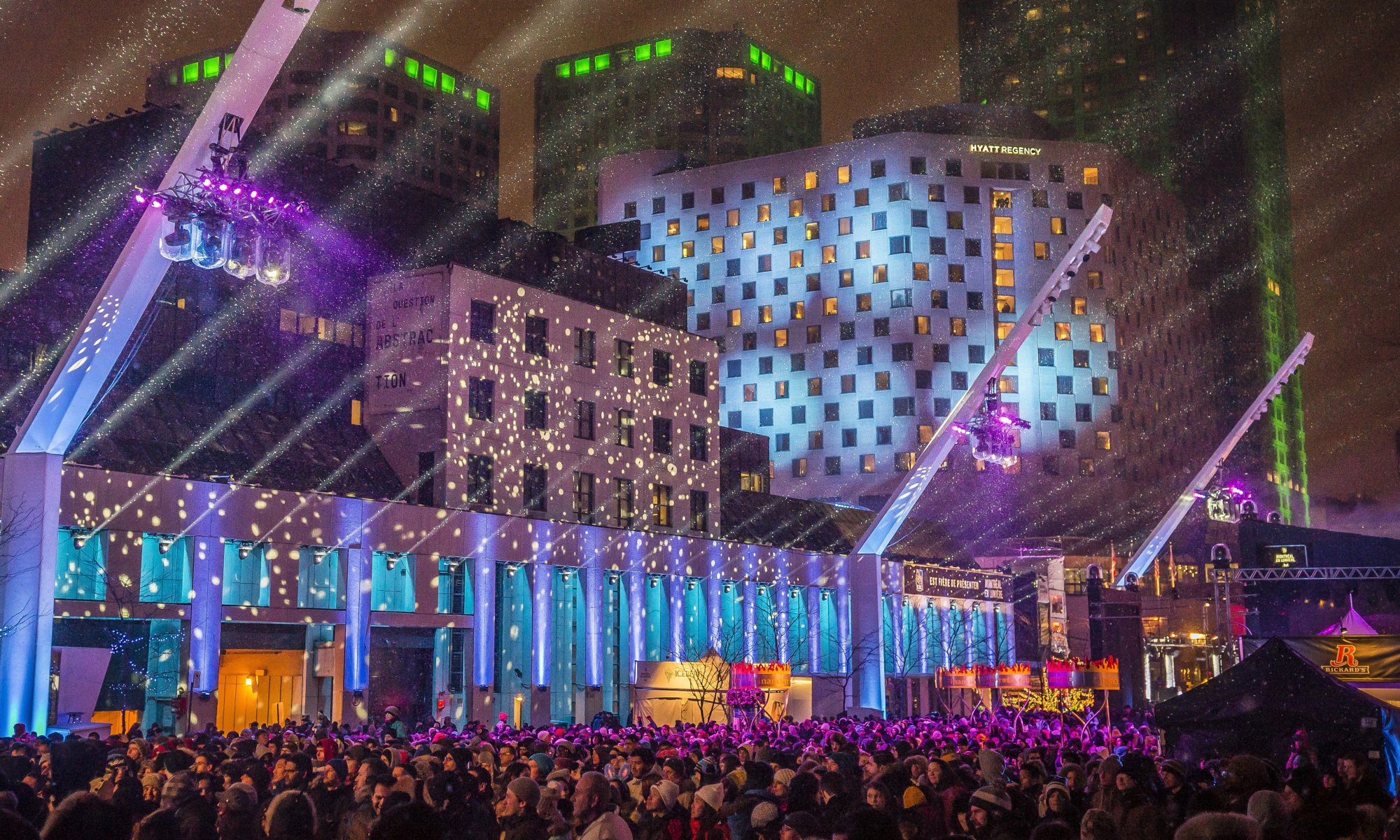
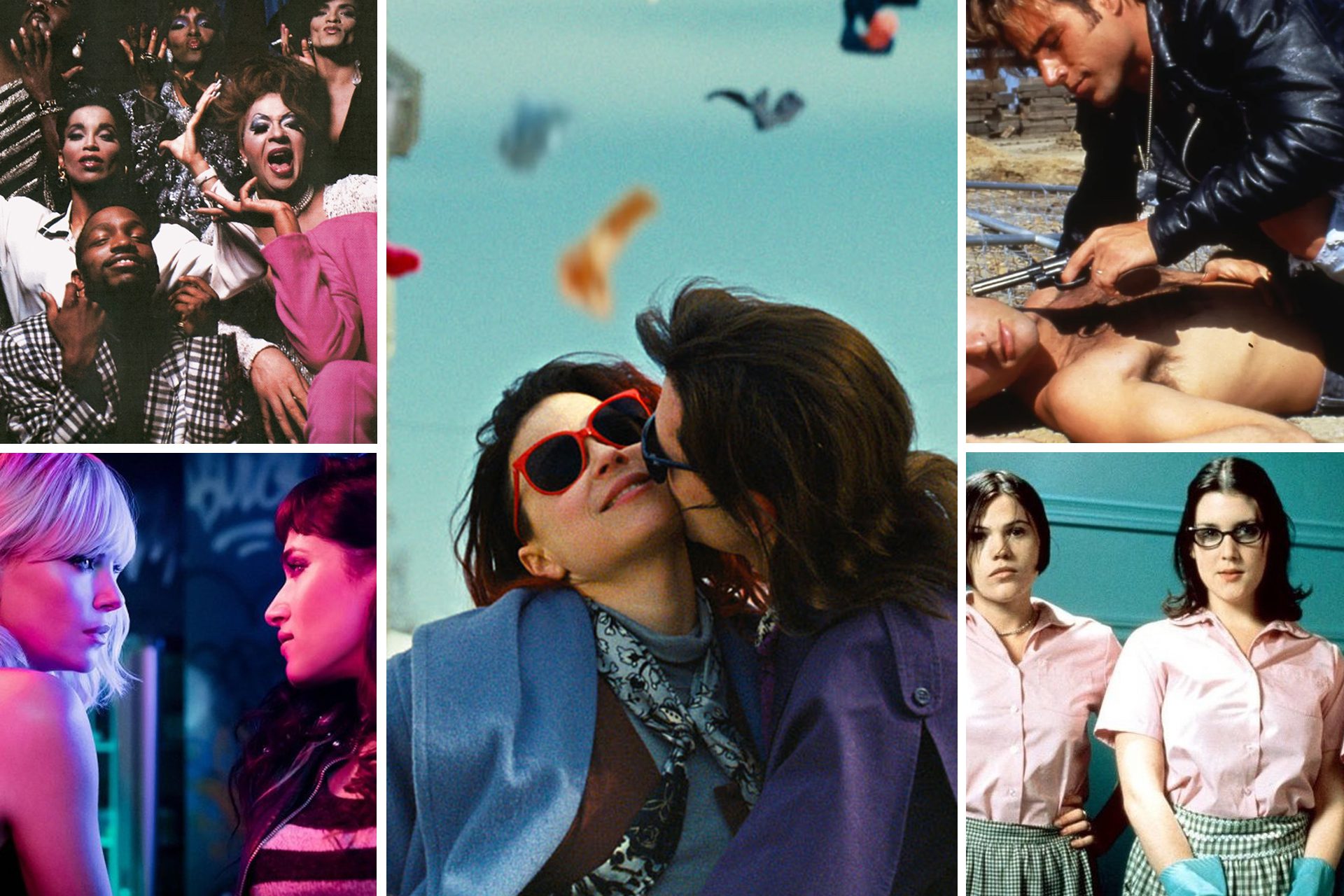
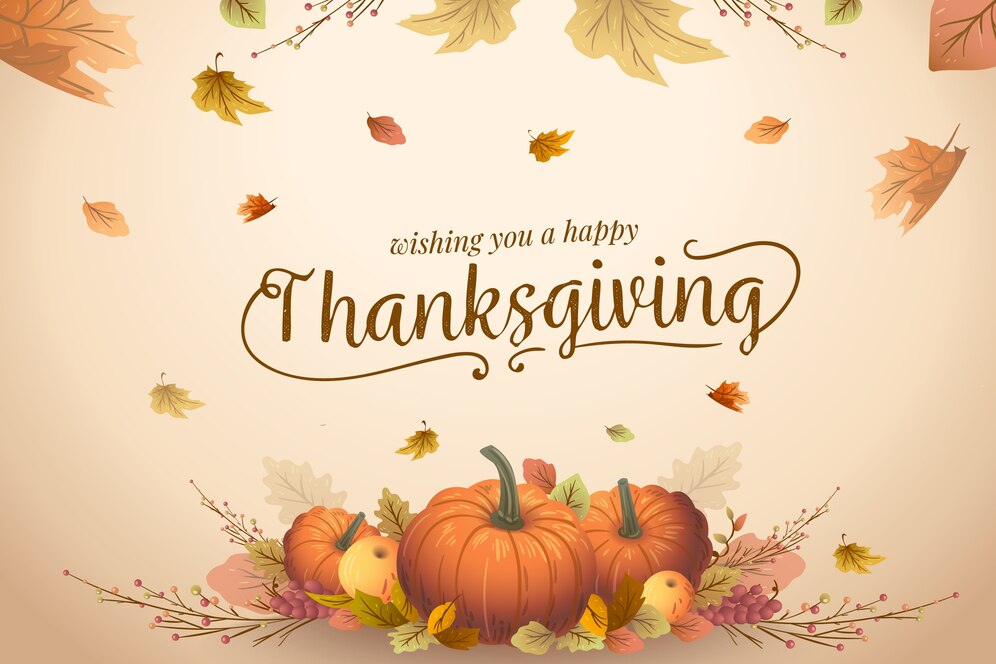
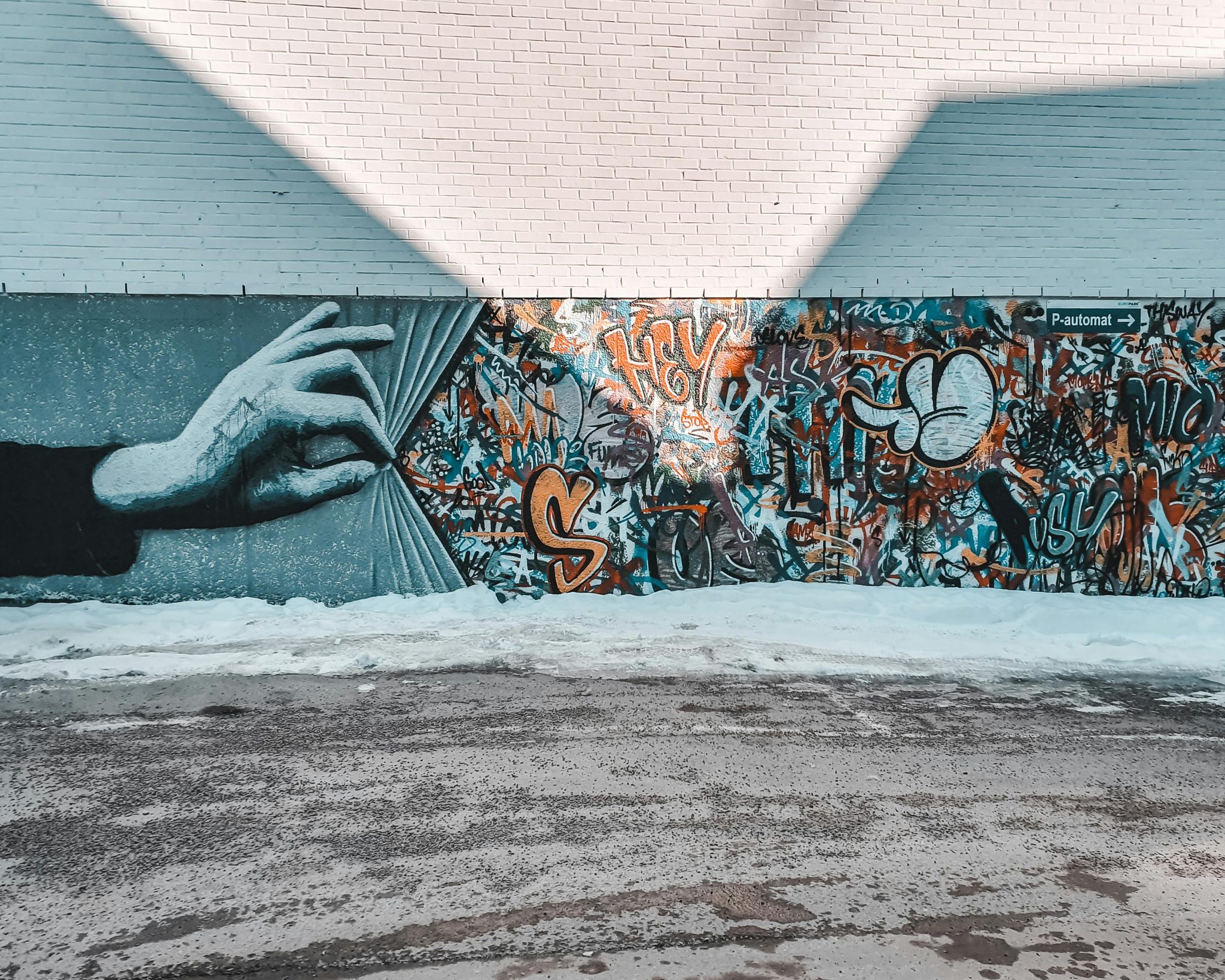
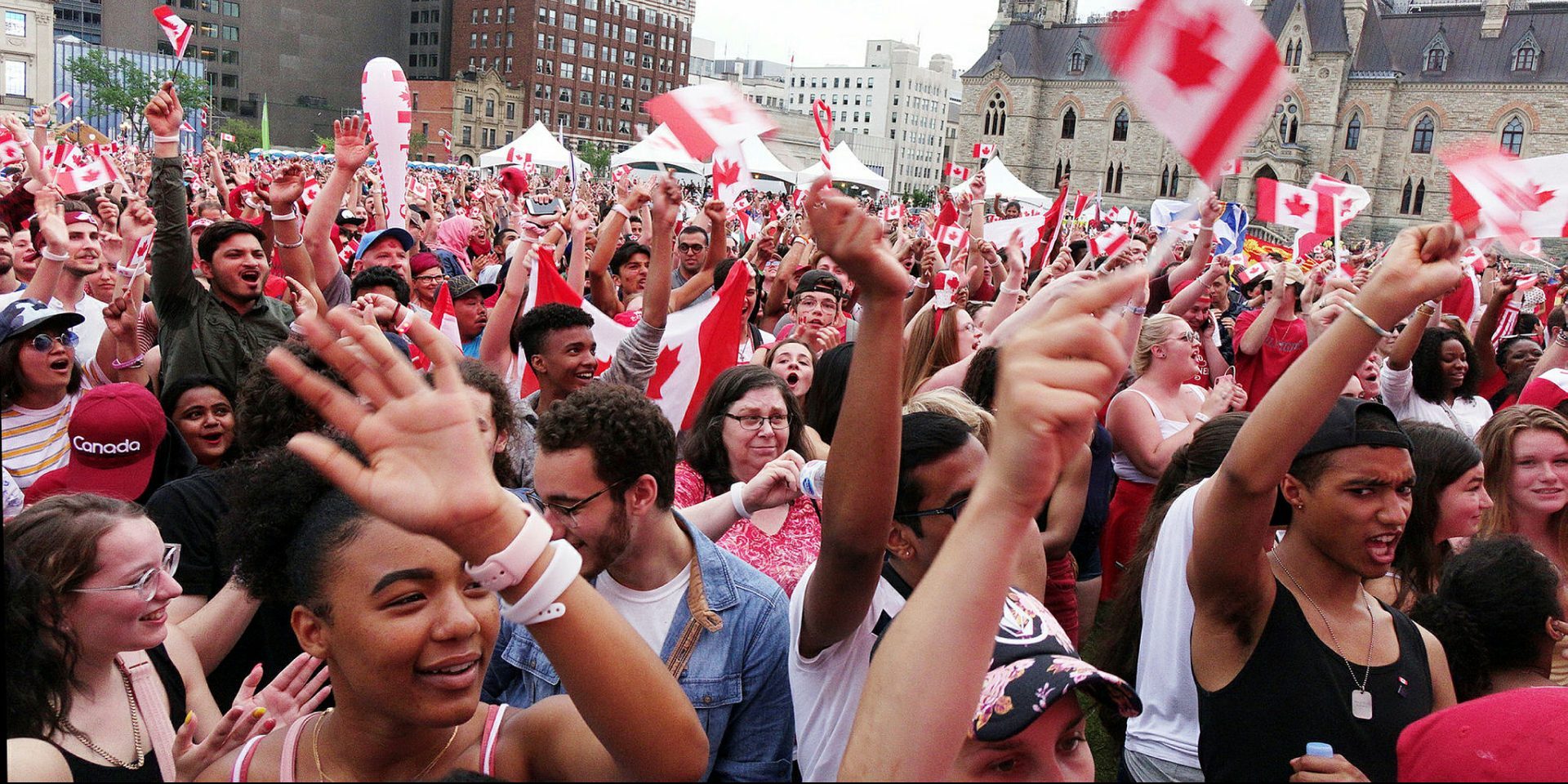
.jpg)
.jpg)
 (1).jpg)
 (1).jpg)
